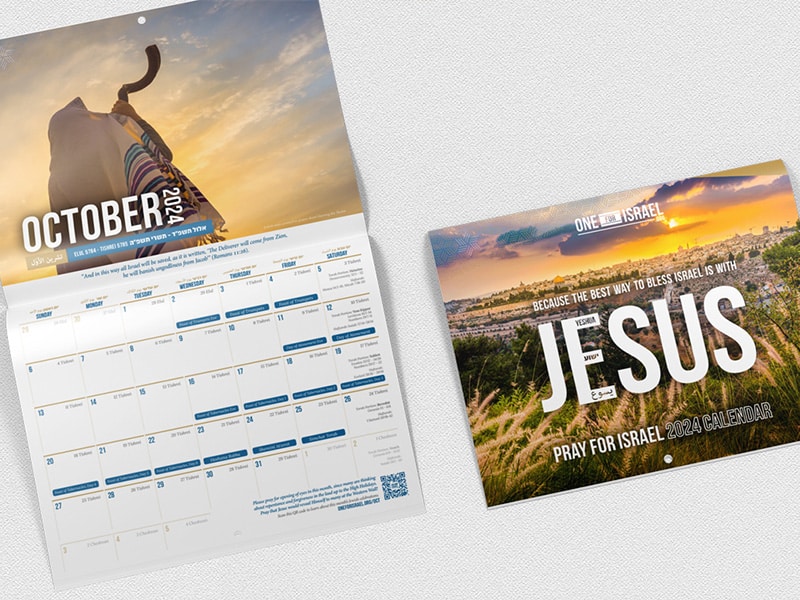As odd as it might seem, archaeologists have not been able to positively identify Bethsaida, home to Yeshua’s disciples, Peter, Andrew and Philip, until just now! There have been educated guesses about the location but nothing that fitted the biblical description of a sizable and important city. It’s been a bit of a mystery. However, new excavations at the site of el Araj seem to be revealing the remains of a significant metropolis, which Bethsaida once had been.
Will the real Bethsaida please stand up?
Since 1839, archaeologists have thought that Bethsaida was located at the site of e-Tell, but that was always too far away from the coast to match the Biblical descriptions of a fishing town, and the findings seem too sparse and insignificant to be the bustling centre that Bethsaida was supposed to have been.[1] There is another site that has been posited as a contender in the past, but with some exciting new discoveries, it now it seems this third site at el Araj is the more likely option.
The game changer was the discovery of an advanced Roman-style bathhouse at el Araj, which shows that there had been a city there rather than just a small fishing village, according to Dr. Mordechai Aviam of the Kinneret Institute for Galilean Archaeology.[2]
Josephus Flavius tells us in “Antiquities” XVIII, Chapter 2:1,
“When Philip also had built Paneas, a city at the fountains of Jordan, he named it Cesarea. He also advanced the village Bethsaida, situate at the lake of Gennesareth, unto the dignity of a city, both by the number of inhabitants it contained, and its other grandeur, and called it by the name of Julias, the same name with Caesar’s daughter.”[3]
Josephus is telling us about Herod’s building projects and how he and his son Philip had elevated the status and size of various towns to become cities of significance. Bethsaida used to be a village that had been “advanced” in this way and transformed into a city at the hands of Philip the Tetrarch, and renamed Julias (after the mother of Tiberias, the Roman Emperor). Archaeologists who have been digging at the site of el Araj since 2016 are now finding evidence that this was indeed the case.
Steven Notley, professor of New Testament and Christian Origins at Nyack College and academic director of the el-Araj excavations, explained to National Geographic the significance of the bishop’s account: It tells us that, “in the Byzantine period we have living memory of the site of Bethsaida and identifies it with the Gospel tradition.” Cautiously optimistic, he says, “Only time will tell if (1) our site has the Byzantine church, and (2) it is correctly situated on the site of first-century Bethsaida… At present I think our prospects of an affirmative answer on these two points is very, very good.”
And what was the “Gospel tradition”? Bethsaida was not only the hometown of three of the disciples but also a city where Yeshua did many miracles, including healing a blind man, as recorded in Mark 8. There, Yeshua spat on the man’s blind eyes, laid hands on them, and prayed until the people initially seemed like trees walking around, but after a second round of prayer his sight was fully restored. Yeshua did so many astounding miracles there that he was furious at their lack of faith, after having seen so much. In Luke 10:13, he cries out,
“What horrors await you, you cities of Chorazin and Bethsaida! For if the miracles I did for you had been done in the cities of Tyre and Sidon, their people would have sat in deep repentance long ago, clothed in sackcloth and throwing ashes on their heads to show their remorse.”
From these words too, we can see that Bethsaida was indeed a city, but one that did not appreciate the wonders done when their Messiah came to visit. Certainly, the area underwent many horrors at the hands of the Romans and other later invaders, but the eternal consequences of spurning the grace that God gives us are even more grave. Today, the environment is peaceful, but even though there are Jewish believers in the Galilee region, most still do not know the significance of the Messiah who walked about in their towns and villages 2,000 years ago.
Looking after the Treasures of Tiberias
However, at the nearby site of Magdala, there has been great excitement as a well preserved first century synagogue has been discovered with compelling evidence that Yeshua himself had stood and preached in it. The Magdala site is a great example of a treasure discovered and given worthy attention, and very much enjoyed by visitors. Though at the beginning stages of building a tourist friendly environment in which to appreciate the astonishing finds, there is already plenty to see and appreciate, and the plans for future development are very promising. It sets a great standard to how these ancient sites can be best kept and shared as the treasures that they are.
To watch a video of the site and the findings, click here
[1] National Geographic, The Real Story Behind the “House of Jesus’ Apostles” Discovery, Kristin Romey, August 7, 2017
[2] HaAretz, The Lost Home of Jesus’ Apostles Has Just Been Found, Archaeologists Say, Noa Shpigel and Ruth Schuster, August 08, 2017
[3] Josephus Flavius, Antiquities of the Jews – Book XVIII














